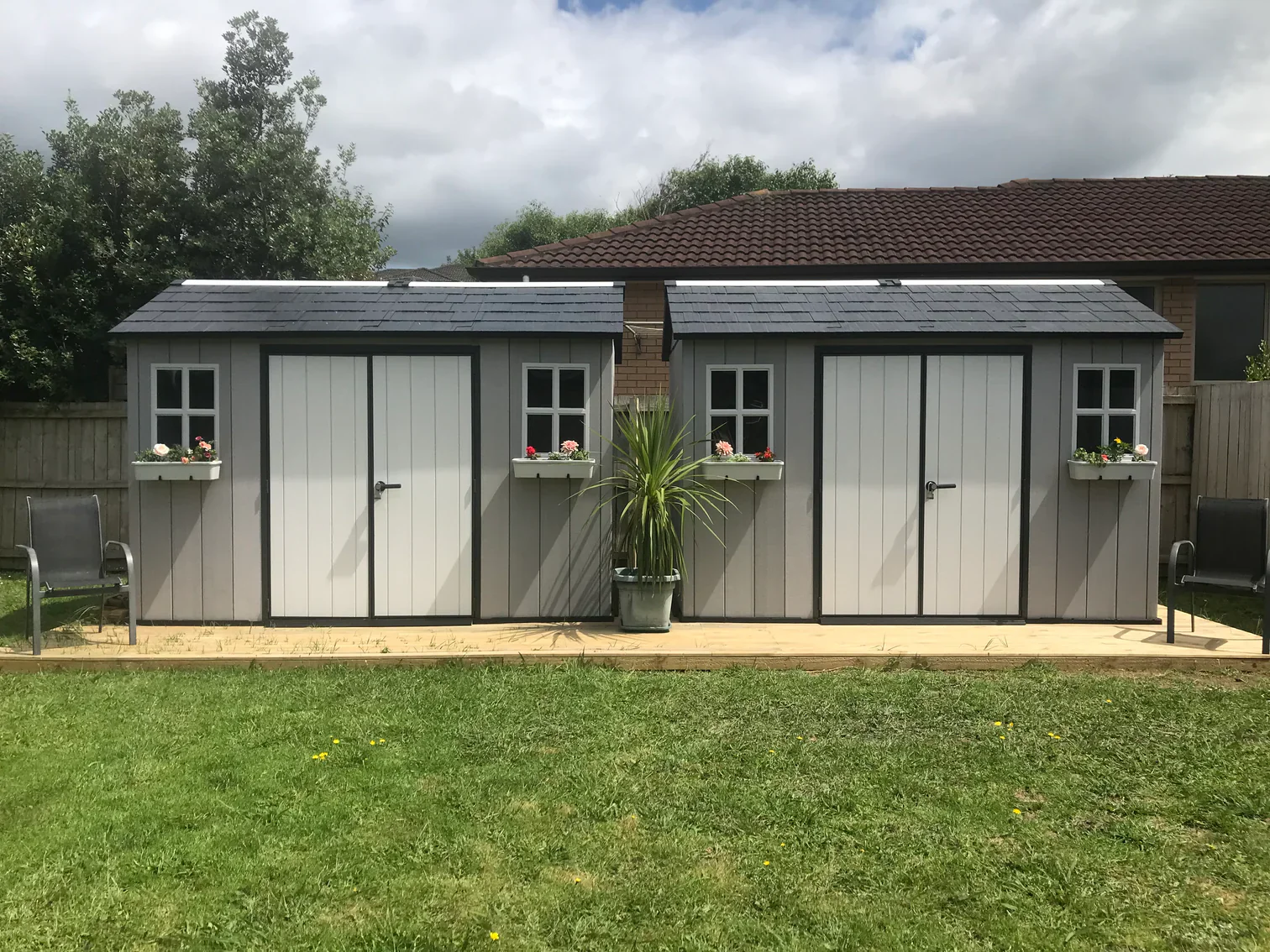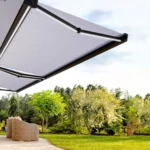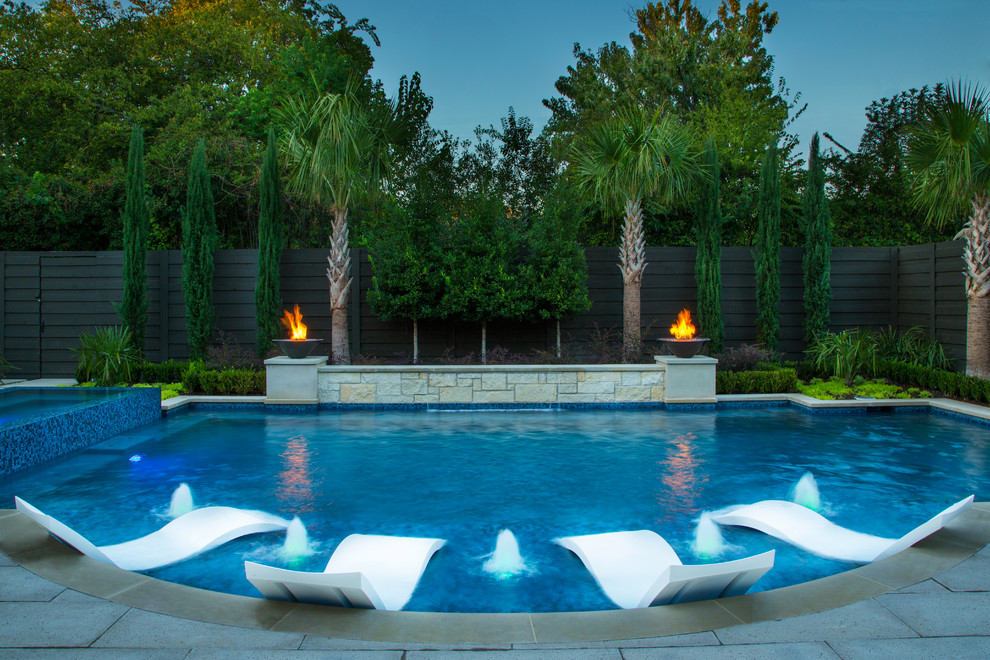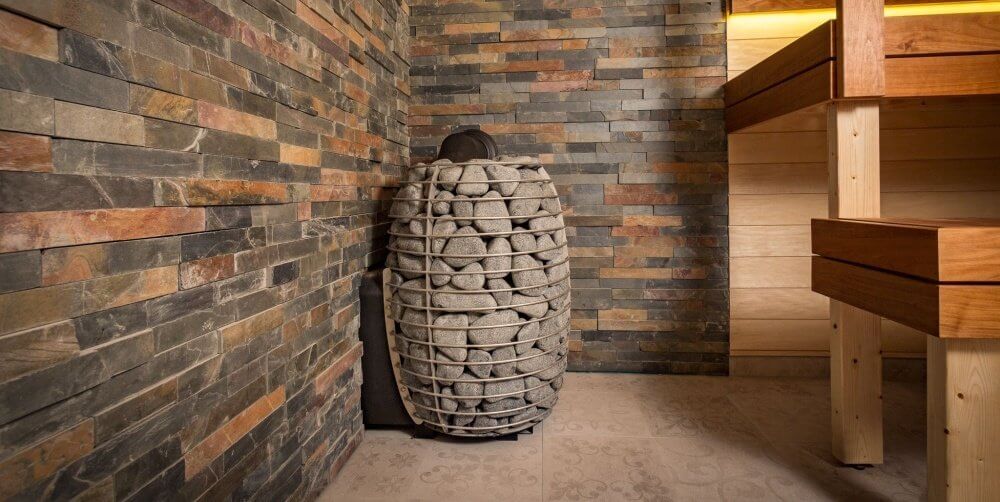Sheds are a popular choice among homeowners for outdoor storage. They provide a convenient, organized solution for storing tools, equipment, and seasonal items. However, when deciding on the perfect shed for your backyard, the material is an important factor to consider. Two common options are resin and wood sheds, each with benefits and drawbacks. In this blog post, we will explore the battle between resin and wood sheds, helping you decide on your outdoor storage needs.
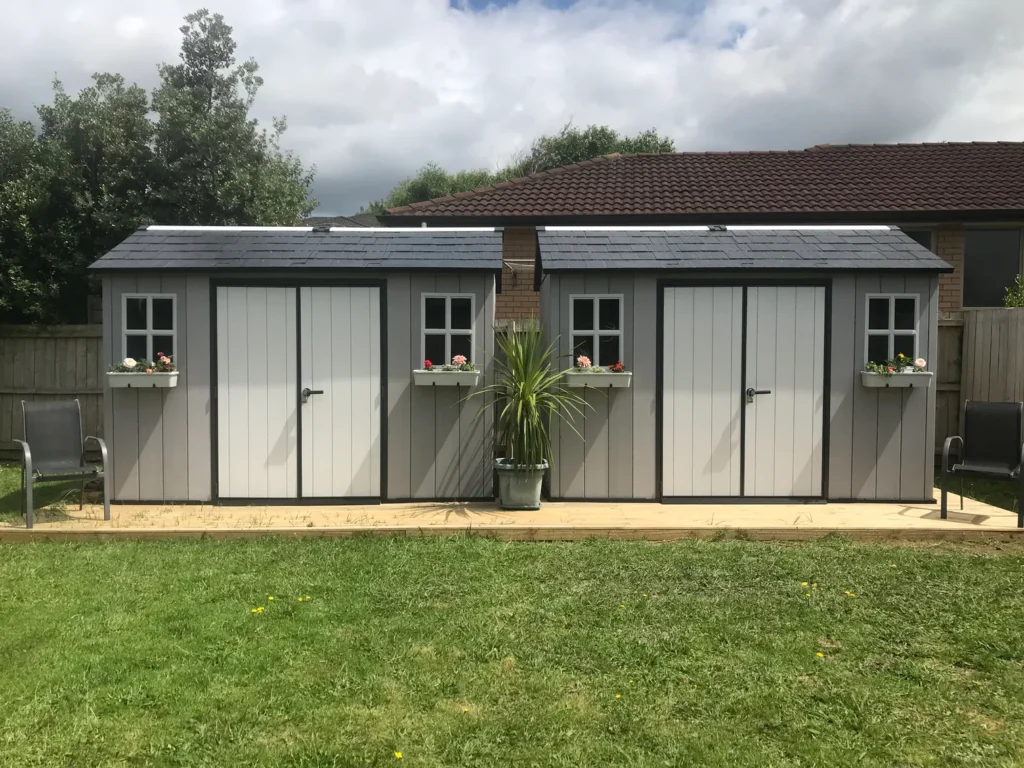
Content
The Basics of Resin and Wood Sheds
Resin outdoor sheds are made from plastic. Usually, polyethylene or polypropylene makes them resistant to rot, rust, and insects. They often feature a mold-injected construction, allowing for various shapes and sizes. Resin sheds are praised for their low maintenance requirements and durability against harsh weather conditions. On the other hand, wood sheds offer a classic and natural aesthetic that many homeowners prefer. They can be built from various types of lumber, providing a sturdy and customizable storage option. However, wood sheds require regular maintenance, including painting or staining, to prevent pest decay and damage. Both materials offer distinct advantages for outdoor storage solutions, catering to different preferences and needs.
Durability and Maintenance: A Comparative Look
Resin sheds stand out for their exceptional durability, requiring minimal maintenance to retain their appearance and structure. They resist fading and cracking, even under severe weather conditions, making them a reliable choice year-round. In contrast, wood sheds, while robust, demand more upkeep to safeguard against weather damage and pest infestations. Regular treatments such as painting, staining, or sealing are necessary to maintain their condition and extend their lifespan. Thus, resin sheds offer a more hands-off approach when considering the long-term commitment to upkeep, whereas wood sheds need ongoing care to preserve their functionality and aesthetic appeal.
Aesthetic Appeal and Customization Options
Wood sheds naturally blend into outdoor environments, offering a traditional look that many homeowners appreciate. The versatility of timber allows for extensive customization in size, design, and color, enabling you to create a shed that complements your home and landscape. Resin sheds, while limited in color and finish options, provide a modern look and can mimic textures like wood or stone. However, the scope for personalizing resin sheds is not as broad as
that of wood, making wood sheds a better option for those seeking a unique and tailored appearance for their outdoor space.
Cost Analysis: Upfront and Long-Term Expenses
Initially, resin sheds often come at a lower price than their wood counterparts, mainly due to the difference in material costs. Additionally, the installation process for a resin shed tends to be more straightforward, potentially reducing labor costs if hiring professionals. Over time, the long-term expenses associated with wood sheds can accumulate, given the need for periodic maintenance such as painting, staining, and weather or pest damage repairs. Conversely, resin sheds require minimal upkeep, translating to lower ongoing costs. Therefore, while wood sheds might offer an aesthetic appeal, resin sheds present a more cost-effective option over their lifespan.
Environmental Considerations: Which is Greener?
From an environmental standpoint, wood sheds often appear ahead due to their natural, renewable materials that can be sustainably sourced. Unlike resin sheds, which are derived from non-renewable petroleum products and can be difficult to recycle, wood is biodegradable and has a smaller carbon footprint over its lifecycle. However, the environmental impact of wood sheds can vary based on the type of lumber used and whether it is obtained from responsibly managed forests. Resin sheds, while less eco-friendly in production and disposal, offer durability that may lead to a longer lifespan, potentially offsetting some environmental concerns through reduced consumption.
Installation and Assembly: What You Need to Know
The installation and assembly of your shed largely depend on the material you choose. Resin sheds are typically more user-friendly in assembly, often designed for easy snap-together construction that can be managed without professional help. Many homeowners find the process straightforward and manageable over a weekend. Wood sheds, however, usually require more skill to assemble due to their heavier materials and the need for precise construction to ensure stability and durability. It’s not uncommon for wood shed installation to necessitate professional assistance or at least a more experienced DIYer, making it a more time-consuming and potentially costlier process.
Making the Right Choice for Your Space
Choosing the suitable shed for your outdoor space involves balancing your aesthetic preferences, maintenance willingness, budget, and environmental concerns. Consider how a shed’s appearance will complement your property and whether you’re prepared for the upkeep wood requires or prefer the low-maintenance resilience of resin. This factor is in initial costs versus long-term investment, considering the potential for higher maintenance expenses with wood. Lastly, think about the environmental effects of your choice. By weighing these considerations, you can select a shed that fits your storage needs seamlessly into your lifestyle and values.
In the duel between resin and wood sheds, each material offers unique advantages catering to homeowner preferences and needs. While resin sheds provide ease of maintenance and cost-effectiveness over time, wood sheds appeal to those seeking a traditional aesthetic and customization. Your choice should align with your priorities: durability, appearance, maintenance, cost, or environmental impact. By carefully considering these factors, you’ll find the perfect shed that enhances your outdoor space and efficiently serves your storage requirements.

Shery Walls is a dedicated home blogger who has been blogging for over six years. She covers everything home related. Shery also loves writing posts about her travels to Europe with her husband and two children.

